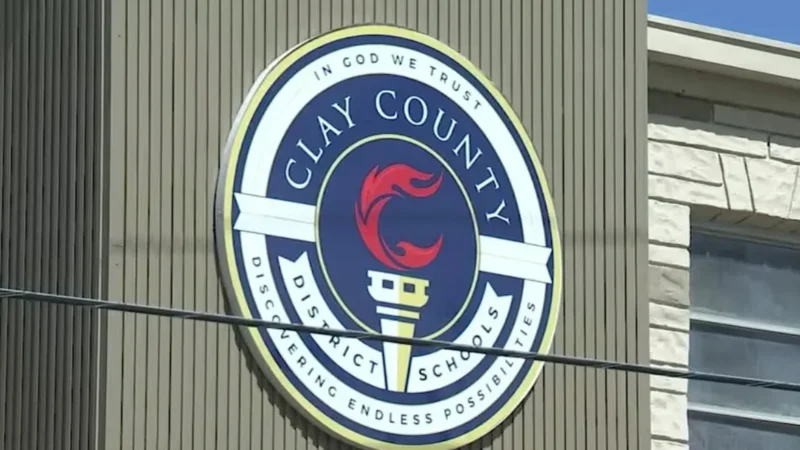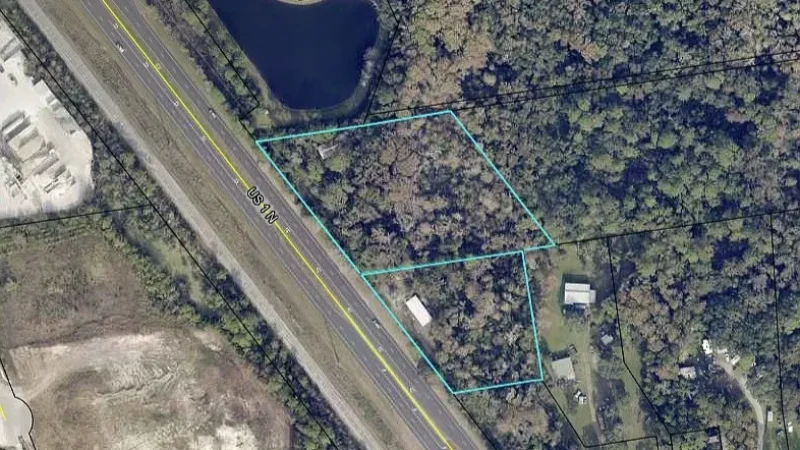Local governments and agencies provide crucial updates for residents during the hurricane season. But migrant farmworkers often have trouble accessing that information and seeking out aid after disaster strikes.
A study from the Natural Hazards Center, authored by University of Florida researchers, shows that this community is almost invisible to government agencies providing disaster aid and relief.
Their research centers on the farmworker community in North Central Florida and explores the aftermath of Hurricane Idalia.
Researchers found that a lack of data on the migrant farmworker population makes it difficult to allocate resources for an already-marginalized community.
However, nonprofits, churches and other community groups are filling in the gaps — and part of the solution, the study says, is for local government and emergency management agencies to work closely with them.
What farmworkers face ‘is jarring’
Migrant farmworkers travel to different areas to harvest crops, depending on what’s in season. And that makes it hard to know where they are in the event of a disaster, according to University of Florida researcher Miranda Carver Martin.
“Fluctuations in population levels makes it very difficult to plan for how many people are we actually going to need to provide shelter for,” said Martin.
But that’s not the only obstacle, said Martin. Language barriers and immigration status prevent this community from seeking aid and relief.
Nearly half (47%) of Florida’s farmworkers are undocumented, according to the Florida Policy Institute. That makes them reluctant to access resources that may be available to the general public.
When Hurricane Idalia struck last fall, some of those families were “hesitant to access shelter because they were afraid of coming into contact with authorities that might target them,” said Martin.
“They stayed at home and faced horrible, traumatic situations because they didn’t feel safe or comfortable accessing the resources that were supposed to make them feel safe.”
After speaking with community groups that serve migrant farmworker families, Martin and her colleagues found that some workers had returned to mobile homes with no running water or electricity. Individuals were turned away from resources because they didn’t have a social security number. And, there were some who left voluntarily because information was provided only in English.
In one instance, a family found they had no choice but to live in their trailer after a tree fell right through it, reported Grist, a nonprofit media organization that tell stories about climate change.
“The extent of what people are facing is jarring,” said Martin.
The nature of the agriculture industry also puts workers at risk. Martin described a potential situation in the dairy industry.
“If an employer is saying, ‘you have to come milk these cows because somebody has to do it,’ you cannot go home and prepare for a hurricane,” said Martin.
Concerns over not working
Instead of seeking shelter or safety, workers often feel pressured to continue on the job because they depend on the income and, oftentimes, don’t feel safe objecting to their employer, according to nonprofit members who support farmworkers.
The pine straw baling industry, which is prevalent in North Central Florida is another example the study points to. The work involves compressing pine needles into bales. When a hurricane hits, workers are often out of a job for weeks because they can’t collect pine straw when it’s wet.
“They make do without a source of income for weeks at a time, even though they’re being paid wages that are way too low even in the best of times,” said Martin. “We would recommend people understand what the agriculture and forestry industries are in your area and what that means for the people who work in them.”
The study points out that existing public datasets fall short when it comes to mapping where migrant farmworker communities live and what resources they need. One such dataset is the Social Vulnerability Index (SVI), compiled by the Centers for Disease Control and Prevention and Agency for Toxic Substances and Disease Registry.
The factors can differ
The SVI is used to measure how vulnerable certain communities are based on four types of indicators: socioeconomic status; household characteristics; racial and ethnic minority status; and housing type and transportation.
The SVI is then visualized as a heat map, where each census tract receives an SVI score based on those variables. It’s a tool that’s supposed to help emergency management better assist local areas.

Martin admits it’s not perfect, and there are studies that point to the limits of relying on such a measurement.
In their research, Martin and her colleagues, Amr Abd-Elrahman and Paul Monaghan, set out to expand on the SVI to better quantify how vulnerable migrant farmworkers are. An improvement the team identified is adding immigration status and occupation as key indicators of social vulnerability.
But the researchers found that farmworkers are hard to to measure as a single group. Communities and their needs can change from one local area to another.
For example, some areas may be better resourced with community organizations that can provide information in native languages. The lack of census tract-level (subdivisions within a county) data on where farmworker populations live also hindered the process, said Martin.
The study does note that county-level data about the farmworker population is available from the National Center for Farmworker Health on their dashboard.
Without more detailed information though, it’s difficult to track how vulnerable each community may be. In addition, Martin pointed out that anti-immigrant policies in the state exacerbate farmworker vulnerabilities by discouraging them from seeking out resources. Policies and immigrant sentiment differs between states and even local areas.
Part of the solution, the study concludes, is for public agencies to work closely with community groups and farmworker-serving programs that have deep knowledge about this community. More detailed public data should also be collected with the help of these groups.
“To improve farmworkers’ resilience and preparedness for disasters overall, public health agencies should partner with organizations with close ties to farmworkers—including migrant assistance groups, farmworker health and labor organizations, and churches—to bridge the divide between public services and agricultural worker populations,” states the study.







